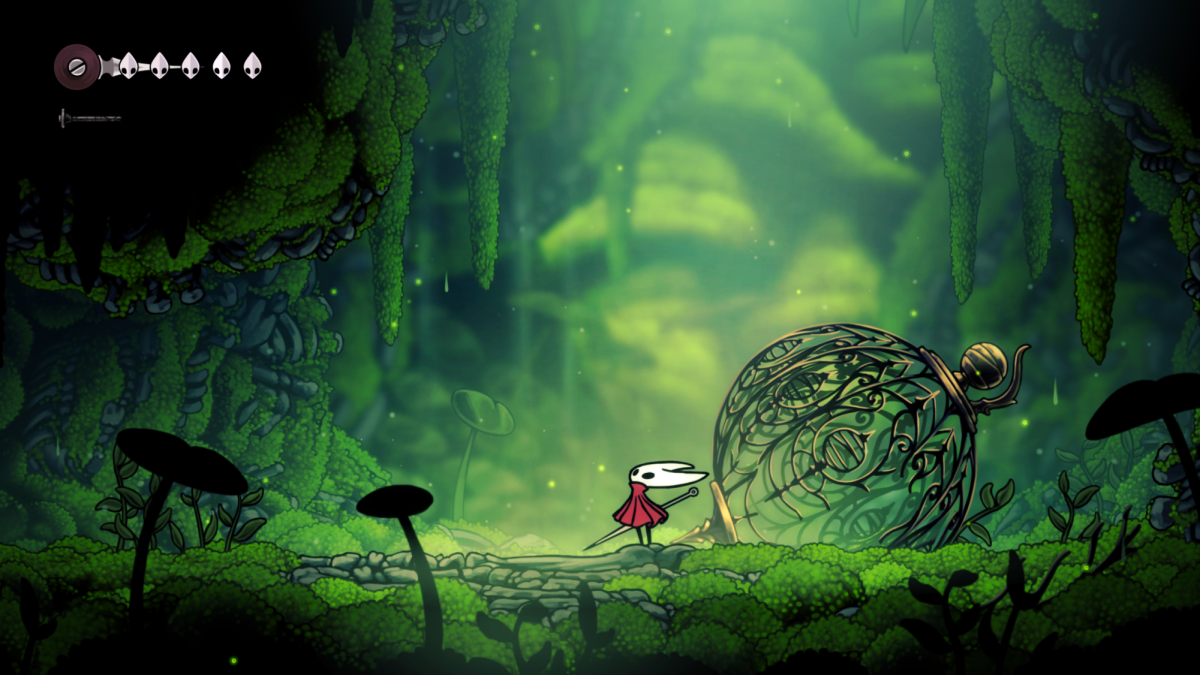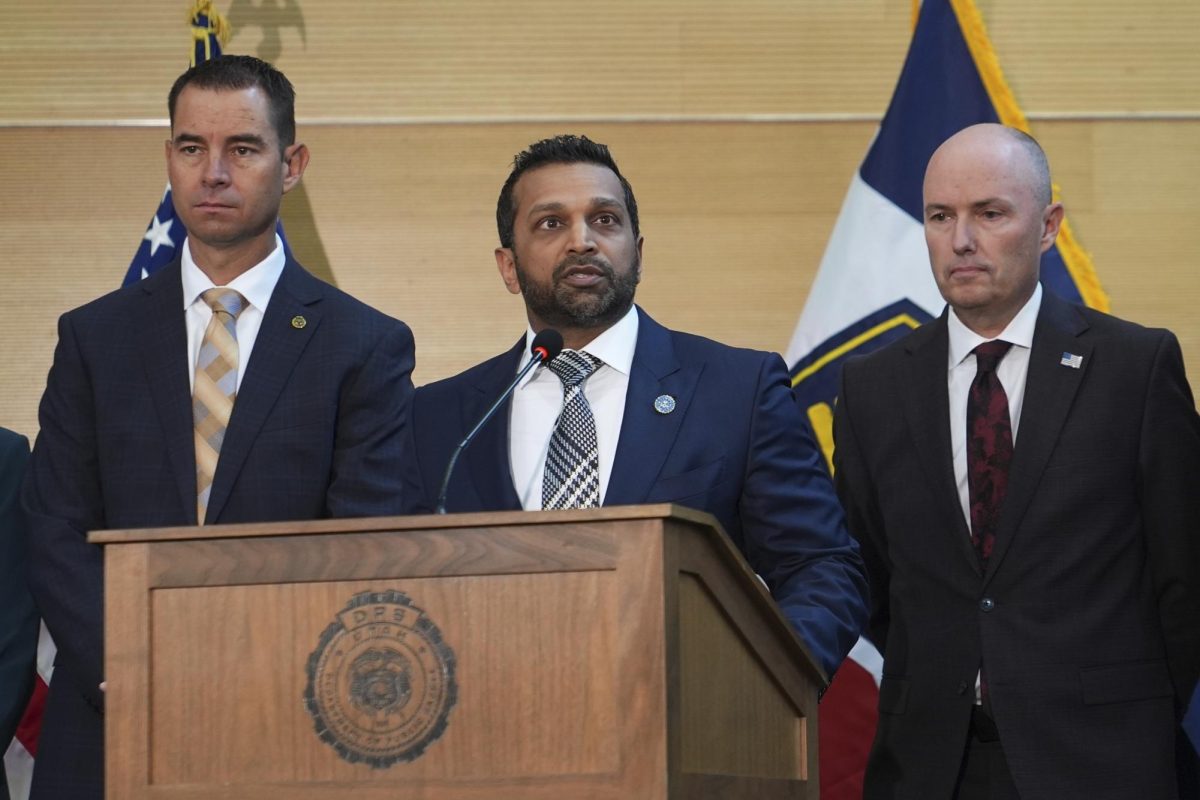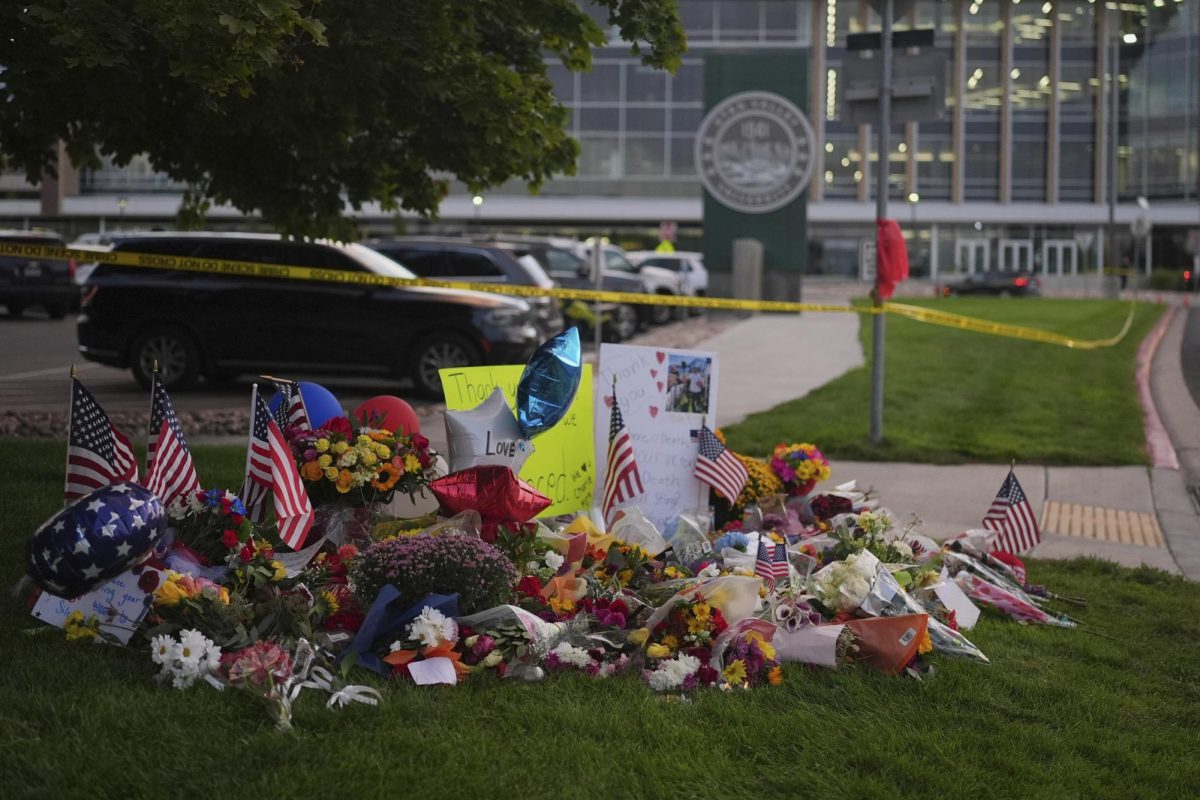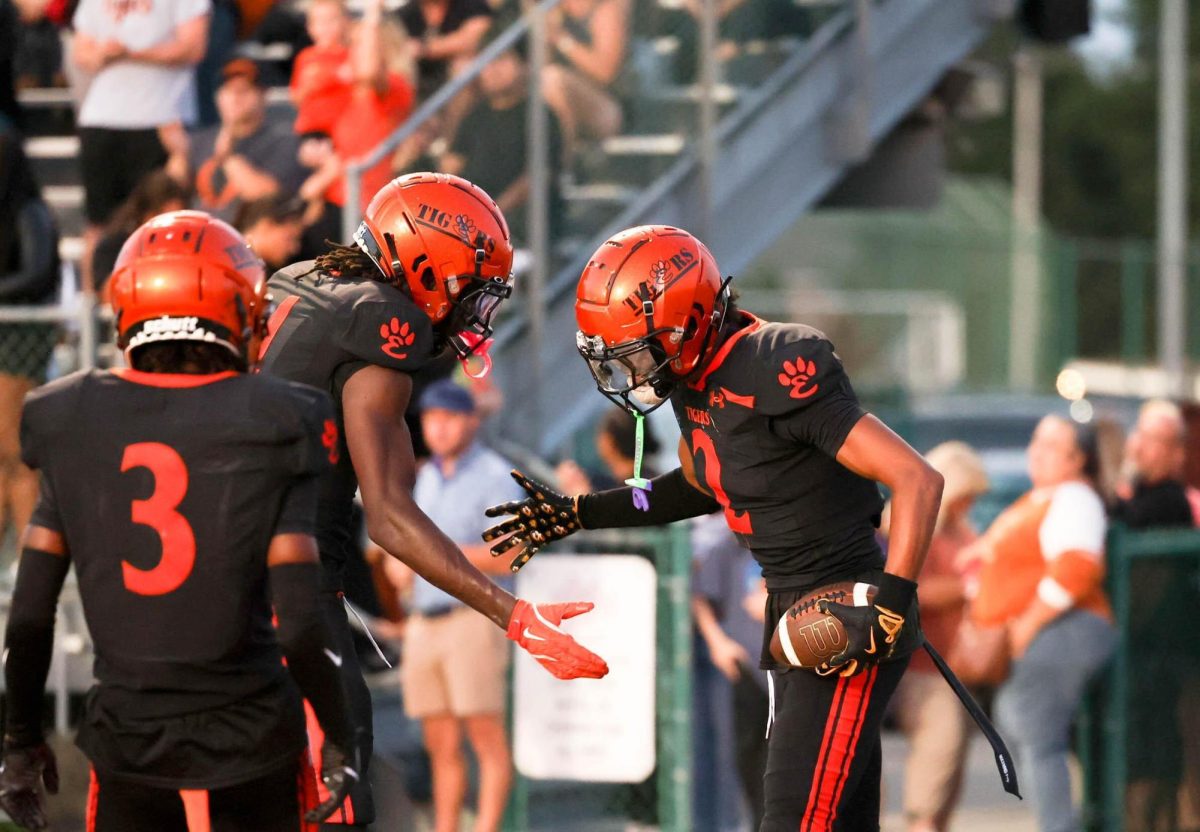Taking Education Deeper: Technology, Entertainment, Design
February 9, 2017
The sounds of TED Talks can be found on radio stations and in psychology classes, but the content of the videos is worth far more than a few minutes in a dimly lit high school classroom or the 15-minute drive to school.
According to their website, TED began in 1984 “as a conference where Technology, Entertainment and Design converged and today covers almost all topics… in more than 110 languages.”
The nonprofit organization aims to impact the lives of others by spreading ideas in powerful talks that range from five minutes to an hour.
This program offers a talk to satisfy every possible field of interest—from the benefits of failure and lessons from death row inmates to paralyzed rats learning to walk and tips on making small talk.
But for all the variety that can be found in TED Talks, there’s a road map that each speaker follows: they identify a problem in society, encourage their readers to enact change in the world or introduce a new product or discovery. Every talk is full of inspiration and new knowledge to be found, if only people take the time to listen.
Why I Keep Speaking Up, Even When People Mock My Accent (Safwat Saleem)
Safwat Saleem, a visual artist, tells the humorous story of his struggle growing up with an accent and describes his drive to change the definition of “normal.”
After suffering constant ridicule from his peers for a Pakistani accent and a stutter, Saleem became a visual artist and began posting videos online, narrating them all with his voice.
“Using my highly-edited voice in my work was a way for me to finally sound normal to myself. (But after negative) comments on (a) video, it no longer made me feel normal. And so I stopped using my voice in my work,” Saleem said. “Since then, I’ve thought a lot about what it means to be normal. And I’ve come to understand that normal has a lot to do with expectations.”
Saleem said that, in our culture, it isn’t considered normal for narrators to have accents. It isn’t normal for black students to perform better in schools than white students. It isn’t normal for a female or minority student to succeed without some sort of assistance.
“(But) I can challenge that preexisting notion of normal with my work and with my voice and with my accent and by standing here onstage,” Saleem said.
Do Schools Kill Creativity? (Sir Ken Robinson)
A 20-minute discussion on the failings of school might sound like just another day with pessimistic friends, but Sir Ken Robinson approaches the topic with a simultaneously raw and positive mindset.
As one of the most watched TED talks of all time (with 43 million views), it’s clear that Robinson’s talk applies to many people. Everyone worries about education and wonders what the world could do to improve such a pervasive system, especially because everyone has a deeply personal experience with schools.
Robinson tells his audience “creativity now is as important in education as literacy, and we should treat it with the same status.”
Robinson worries that the school system is “educating children out of their creative capacities,” thus changing the possibility for innovation in the future. Like many other TED speakers, Robinson encourages his audience to make a change immediately, to begin enacting a difference in the world so it can continue improving.
“I think you’d have to conclude the whole purpose of public education throughout the world is to produce university professors,” Robinson said. “And the consequence is that many highly-talented, brilliant, creative people think they’re not, because the thing they were good at school wasn’t valued, or was actually stigmatized.”
Everyone Around You Has a Story the World Needs to Hear (Dave Isay)
“Over and over again, I’d see how this simple act of being interviewed could mean so much to people, particularly those who had been told that their stories didn’t matter.”
The act of interviewing many people throughout his life inspired radio broadcaster Dave Isay to “take documentary work and turn it on its head,” and give many people the opportunity to be interviewed. Isay invited others to “remind one another of our shared humanity” by interviewing them with his StoryCorps project.
“A lot of people talk about crying when they hear StoryCorps stories,” Isay said. “I think it’s because you’re hearing something authentic and pure at this moment, when sometimes (in our society) it’s hard to tell what’s real and what’s an advertisement.”
And when people are called to be “real,” they rise to the occasion. As of March 2015 (when Isay gave his talk), more than 100,000 people had been recorded by StoryCorps. Today, more than 250,000 people have had their stories archived (according to the StoryCorps website).
Those people whose stories are stored for future generations come from all walks of life. There are stories from retirement homes and hospitals, from Thanksgiving dinners and the Sept. 11 heroes, from homeless shelters and prisons.
“(With our new) app, (you can) honor the people least heard in our society and ask them who they are, what they’ve learned in life and how they want to be remembered,” Isay said.
And TED appreciated Isay for listening to so many people. The TED Prize committee approached him in late 2014 and asked him to compete for the prize, an opportunity that would give him the chance at $1 million to share stories through StoryCorps. After winning the award in 2015, Isay and his team began creating an app that would allow people to interview each other and upload that interview to the Library of Congress.
Isay is giving app users the opportunity to share their personal TED Talks with the world—he encourages everyone to share what knowledge they have and for others to listen and increase their knowledge of humanity.
“I’ve learned about the poetry and the wisdom and the grace that can be found in the words of people all around us when we simply take the time to listen,” Isay said.











